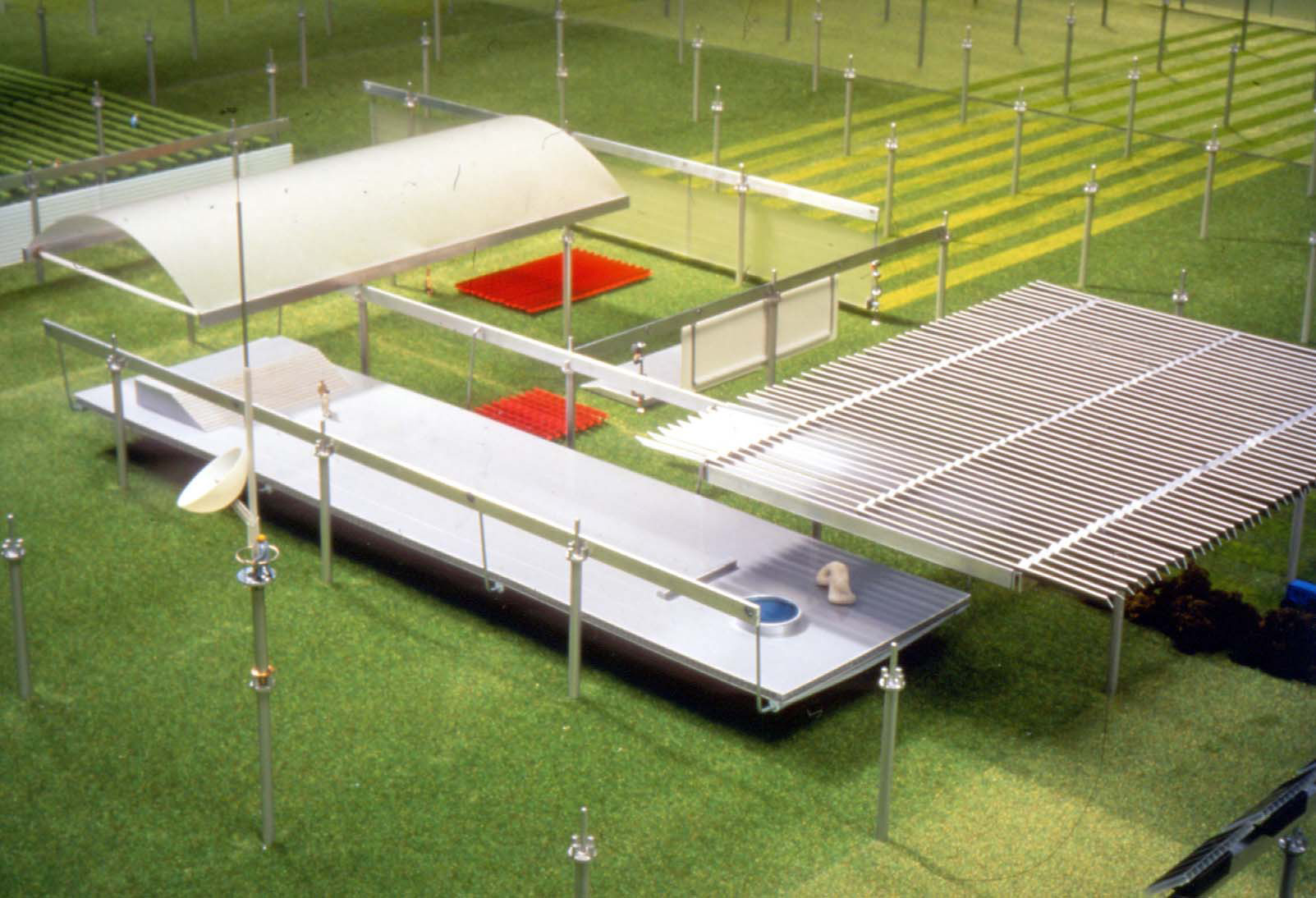
Ghost Acres: The New Ruralism
ARC3016Y S
Instructor: Mason White
Meeting Section: L0102
Tuesday, 2:00pm - 6:00pm; Friday, 2:00pm - 6:00pm
(Above) Agronica, Andrea Branzi. 1995
“[T]he rural, the countryside, and the hinterland have never been reducible to a mere backstage ‘ghost acreage’ that supports the putatively front-stage operations of large population centres.” – Neil Brenner, “The Hinterland Urbanised?” (2016)
You have no doubt heard this: The future is urban; Urbanization is increasing. Though what is to become of the larger territory left behind? Does this mean that rural areas are simply in service of urban areas? There is a shortage of contemporary visionary thinking on the possibilities of our rural future. This research studio will ask: What could a 21st century ruralism be that isn’t purely in service of urbanization or nostalgia? What is the new ruralism?
This research studio is invested in the architecture left behind in the wake of accelerated urbanism. The studio will consider the spatial impact and envision possible futures of rural Canada. The future of agriculture, the future of manufacturing, and the fate of small-town society are under little design scrutiny. Canada is significant in this narrative because of its rural cultural origins and its resource economy. Today, more than 6 million Canadians live in rural areas.
This population has been stable since 1991, while urban and suburban populations steadily rise. More than 30% of the nations GDP is generated in rural areas. There are complex contemporary issues emerging out of rural areas that include homelessness, shortage of immigrants, internet access, food security, infrastructure upgrades, labour shifts, health access, aging population, “brain drain,” among many others. Additionally, challenges and opportunities for tourism, health, education, technology, housing, and infrastructure. The potential to demonstrate innovation, leadership, and vision through a new Canadian ruralism is opportune. As claims of planetary urbanization and hinterland urbanism drive global discussions on ruralism, how might a national reflection on rural systems and networks offer radically practical design futures? With its tourism amenities, complex issues around Indigenous land, extractive landscapes, trans-national infrastructure, small town politics, and shifts in agriculture – what might a distinctly Canadian future rural be?
This research studio will confront these challenges as design opportunities in a two-term investigation culminating in a thesis design project. The research studio term will begin with collective research and the production of a “Rural Almanac.” Students will then undertake individual research culminating in a design proposition in the Thesis studio term.
Additionally, we will shadow two related upcoming exhibitions. The Oslo Architecture Triennale 2019 on the topic of “Degrowth” and the OMA organized exhibition “Countryside: Future of the World” at the Guggenheim, New York. The studio will consider travel to either or both exhibitions in Fall 2019.

